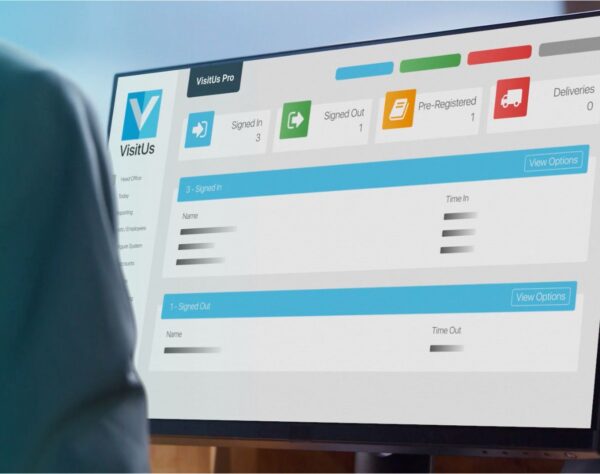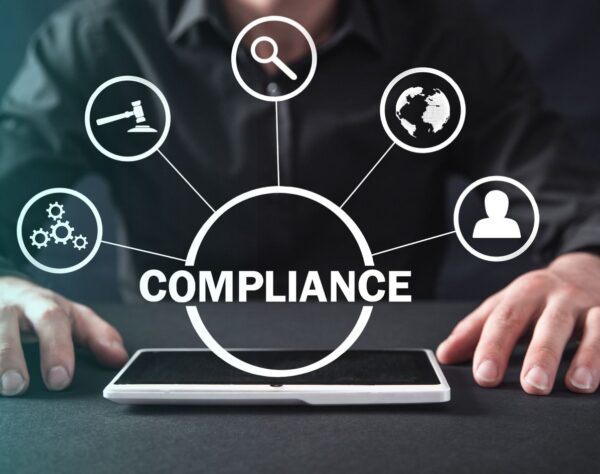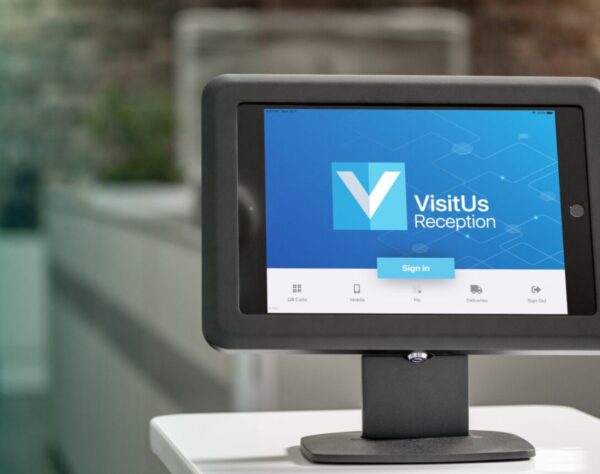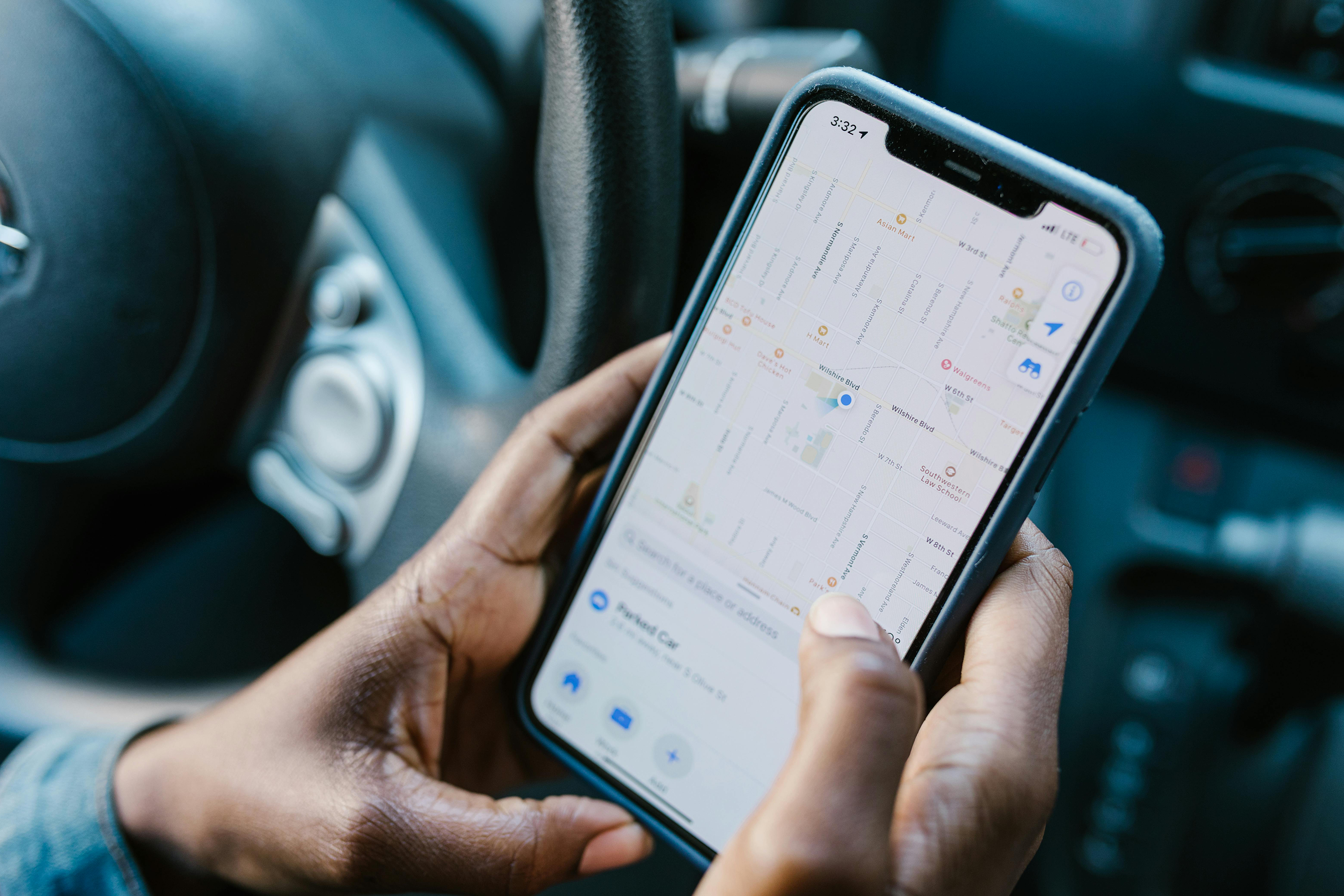
Maximising Efficiency with a Geofence: A Smart Guide to Location-Based Control
Geofencing is a technology that combines location awareness with digital automation, creating a virtual boundary, or geofence, that can trigger a variety of actions when mobile devices cross it.
Whether for optimising marketing campaigns, enhancing security, or improving operational efficiency, understanding how geofencing can be practically applied across industries is crucial.
This guide will explore the definition, mechanics, applications, and benefits of geofencing, along with key considerations for its implementation.
Key Takeaways:
– Geofencing is a versatile technology that employs GPS, RFID, Wi-Fi, or cellular data to create virtual geographic boundaries, allowing businesses to trigger actions based on device location, engage customers in real-time, and manage assets and fleets efficiently.
– Applications of geofencing go beyond marketing—they encompass various sectors such as agriculture, construction, security management, and shipping, optimising operations such as equipment tracking, asset oversight, and automating home features.
– While geofencing offers significant benefits including improved customer engagement, targeted marketing, and enhanced security, it comes with challenges such as variable accuracy, legal and privacy concerns, and resistance to changing traditional manual processes.
Defining the Geofence: A Virtual Perimeter for Digital Management
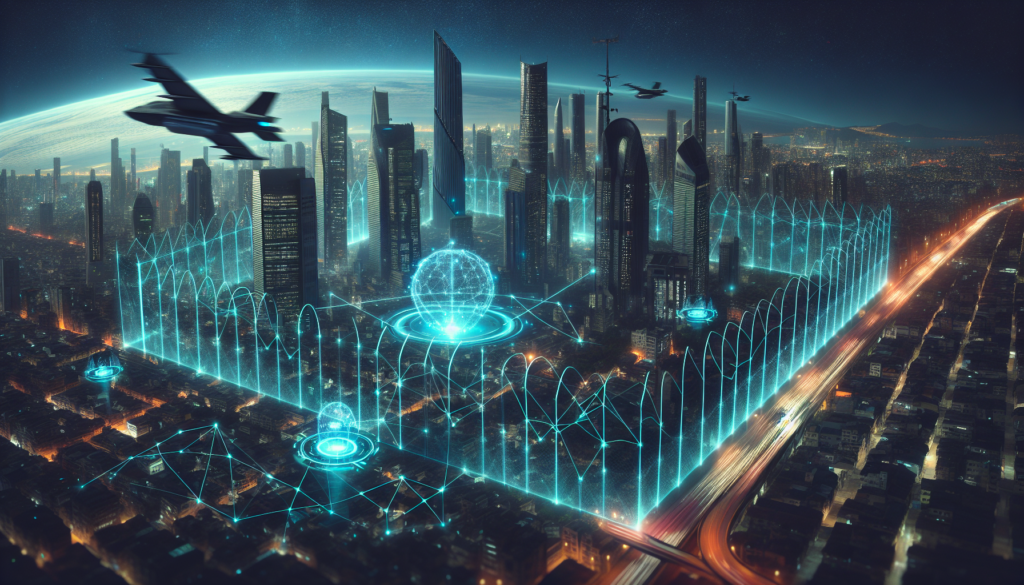
A geofence is:
– a virtual fence or a boundary created around a physical location
– used to manage interactions of mobile devices within that location
– created using various location technologies such as GPS, RFID, Wi-Fi, or cellular data
– used to define virtual geographic limits and create a virtual perimeter around a real-world geographic area.
Administrators can use global positioning system (GPS) technology or radio frequency identification (RFID)-enabled software to set up these virtual boundaries.
They can define the perimeters via point location, longitude and latitude, or user-created boundaries.
This flexibility allows for the creation of geofences that can vary in size and shape, from a small store to an entire city.
Whether you’re a marketer looking to engage customers or a drone operator needing to limit where your drone can fly, geofencing provides a flexible and effective solution.
The Mechanics of Geofencing: How It Operates in the Real World
Geofencing operates by establishing a virtual boundary using a variety of technologies such as GPS and RFID, along with software applications like VisitUs for defining boundaries over satellite imagery. The types of geofences include radial (or circular) and polygonal.
The latter offers more precise boundary definitions such as contours of a building or tailored shapes, allowing for precise control over the area covered by the geofence.
Geofencing determines a device’s location using technologies like Wi-Fi, GPS, or cellular data, and it can be utilised on diverse platforms including smartphones, tablets, and desktops.
Actions are triggered not only by entry and exit of a geofence but can also activate based on a device’s proximity to the boundary.
Both active (user opt-in required) and passive (always on) geofences are available, providing flexibility in terms of application and user experience.
Activation Through Entry or Exit
One of the key features of geofencing is its ability to trigger various types of alerts when a user’s mobile device enters or exits a geofenced area.
These alerts can take the form of text messages, in-app notifications, and even social media ads. This allows businesses to engage customers in real-time, based on their physical location.
However, for these marketing actions triggered by entering or exiting a geofence to be relevant and effective, it is recommended that the geofence should ideally cover a four-to-five-minute travel radius from the point of interest.
This ensures that the alerts are timely and relevant, increasing the likelihood of customer engagement and subsequent action.
Dynamic Responses for Different Scenarios
Geofencing isn’t just about sending alerts upon entry or exit of a geofenced area.
It also enables the generation of dynamic responses, such as real-time notifications, based on a user’s location within the geofenced area. This allows for a more personalised and engaging user experience.
For instance, businesses can leverage geofencing to send in-app notifications to pull in customers when they enter a specified geographically bounded area.
Services such as Uber use geofencing to alert users about the availability of nearby drivers, like at airports or hotels, thus encouraging them to book a ride. These examples illustrate how geofencing can provide dynamic responses to different scenarios, significantly enhancing user engagement.
Dynamic Responses for Different Scenarios
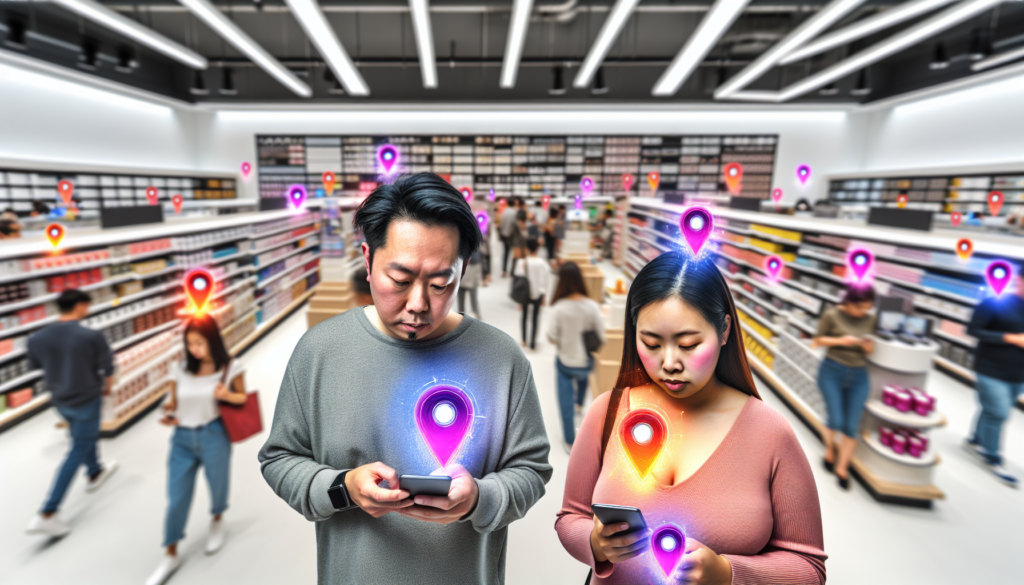
Geofencing isn’t just limited to marketing. Its applications span across different sectors, including:
– Tracking
– Security management
– Law enforcement
– Mobile-centric applications
– Drone management
– Event audience engagement
– Shipping and fleet management
Geofencing is being used in diverse ways across industries.
For instance, in agriculture, geofencing is used to supervise crop fields and manage equipment, contributing to more precise farming operations.
Construction sites leverage geofencing to track entry and exit of personnel, equipment, and vehicles, thereby bolstering security and asset oversight.
Even home automation systems are leveraging geofencing to activate various features, such as unlocking doors and adjusting lighting, as a person approaches, merging convenience with increased security.
Enhancing Customer Experience in Retail
In the retail sector, geofencing has proven to be a game-changer. By offering personalised promotions and location-based messaging, it has been driving foot traffic and sales.
According to a study by QSR magazine, restaurants integrating a geofence saw a 20% increase in walk-ins and a 26% increase in breakfast sales.
Several retailers have successfully implemented geofencing to enhance customer experience.
Starbucks used geofencing to offer special deals during happy hour to nearby customers, driving traffic to their coffee shops. Dunkin’ employed a geofencing strategy on National Donut Day, which included a unique Snapchat filter within their geofenced area, to entice customers in for a free donut promotion.
These examples illustrate the power of geofencing in enhancing customer experience in the retail sector.
Asset and Fleet Management Optimisation
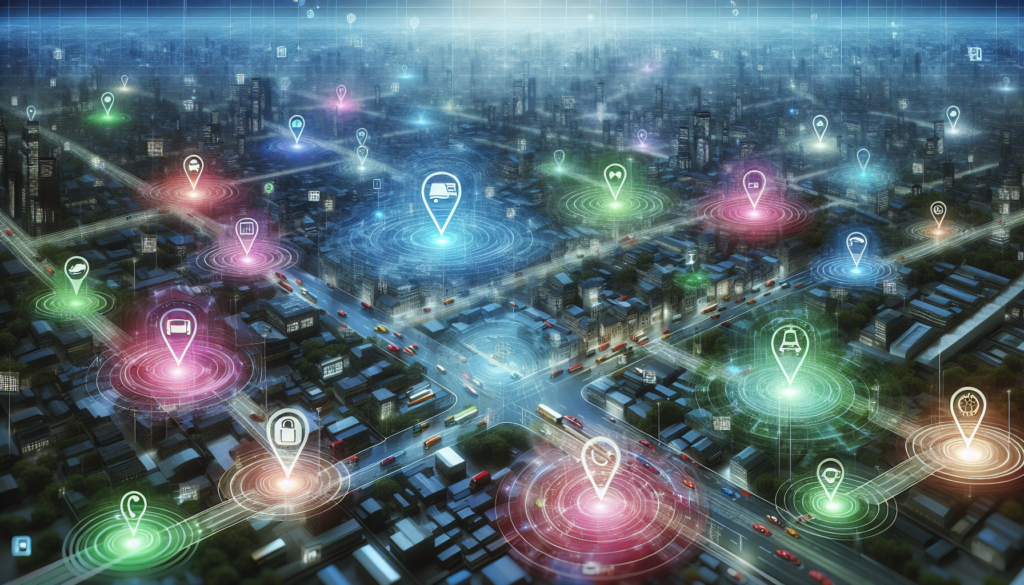
Geofencing is also revolutionising the way businesses manage their assets and fleets. By tracking the entry and exit of personnel, equipment, and vehicles, geofencing aids in:
– Accountability and productivity
– Distinguishing billable from non-billable time
– Ensuring accurate client invoicing
– Enabling precise tracking of teams moving between multiple job sites
In construction, for instance, geofencing is utilised to:
– Monitor heavy equipment such as cranes and trucks, reducing theft and loss, and ensuring that vehicle movements are tracked with alerts sent upon area entry or exit.
– Track the time spent with each client, providing insight into job profitability and measuring staff efficiency.
– Ultimately benefit a company’s operational efficiency and profitability.
Leveraging Geofencing for Targeted Marketing Strategies

Geofencing enables marketers to engage their customers in a more personalized and timely manner by triggering marketing actions such as texts, emails, or app notifications when a mobile device enters or exits a predefined virtual boundary.
With location based marketing reaching 92% of smartphones and proven to drive foot traffic, it’s no wonder that 55% of shoppers visit retailers after receiving a location-based message.
Businesses utilise geofencing technology to target various locations such as store entrances, competitor businesses, and neighbourhoods, optimising campaigns through methods like context targeting and retargeting.
Customised ads created with geofencing cater to consumers’ immediate circumstances, significantly enhancing user engagement through targeted advertising.
Crafting Personalised Promotions
The power of geofencing lies in its ability to:
– Send personalised promotions to consumers based on their location, demographics, and purchase history
– Send tailored push notifications, social media ads, and text messages when a consumer with a consented agreement crosses into a geofenced region
– Build on the immediacy of geofencing’s consumer interaction
– Increase customer engagement and loyalty
Several businesses including aged care facilities and not-for-profit organisations have successfully leveraged geofencing to craft personalised promotions. For instance, Sephora uses geofencing to remind customers of unspent gift cards upon store entry, while Starbucks sends localised offers to their customers.
Geofencing capabilities are widely supported across major advertising platforms like Google Ads, Facebook, and Instagram, making it easily adoptable for businesses to enhance their marketing reach.
Gathering Valuable Data for Insights
Apart from personalised marketing, geofencing also plays a vital role in gathering valuable data. It captures location trends and customer behaviour, providing a point of analysis for targeted marketing and understanding customer segments. This data can then be used to further enhance marketing strategies.
For instance, businesses can track customer characteristics including time spent in the store and the types of buyers, which assist in creating personalised marketing strategies.
Marketers leverage geofencing for metric analysis, measuring critical customer behaviours such as store visits, visit durations, and purchase frequencies.
Location analytics reports generated from geofencing campaigns deliver insights for campaign adjustment by reporting on ad impressions, conversion zone visits, and identifying less active geographical areas.
The Benefits of Geofencing for Modern Businesses
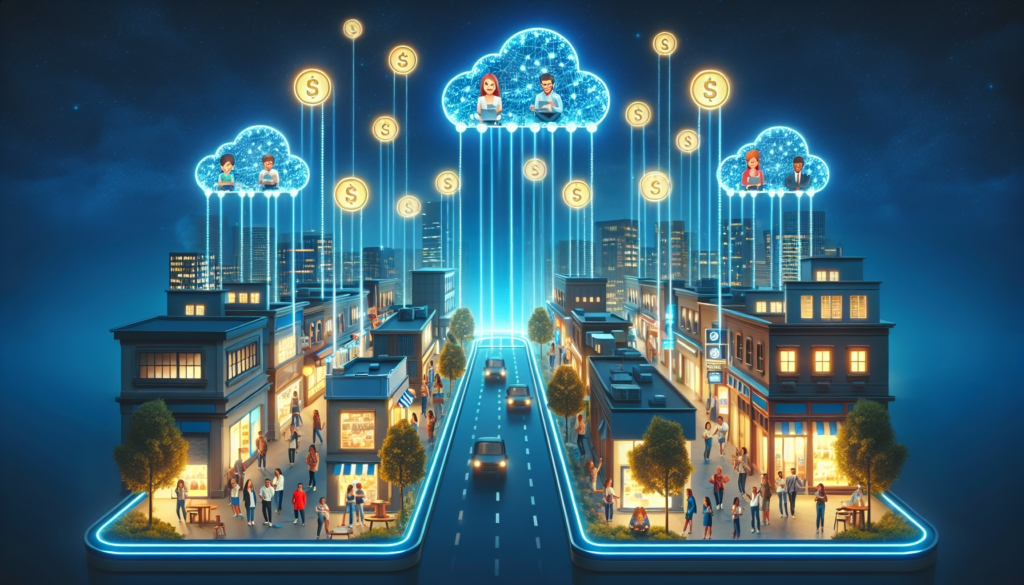
The benefits of geofencing for modern businesses are manifold. It improves customer engagement by targeting consumers within a specific geographical location, which increases relevancy and drives loyalty.
It also allows businesses to collect actionable data based on user location, leading to more effective campaigns.
Moreover, targeted marketing facilitated by geofencing can attract prospects away from competitors, enhance ad spend effectiveness, and ultimately improve campaign performance.
In essence, geofencing not only allows businesses to reach the right customer at the right place and time but also provides valuable insights to further enhance their marketing strategies through targeted marketing action.
Precision in Advertising and Messaging
One of the key benefits of geofencing is the precision it offers in advertising and messaging. By targeting people currently in the demographic area and providing a clear and immediate reason to take action, geofencing ensures that marketing messages reach customers who are in close proximity to the business.
For instance, a geofencing campaign can lead to improved user engagement by:
– Maintaining a database of potential customers who are nearby and interested in the offerings
– Delivering personalised offers to prospective customers, such as discounts and new product promotions, when they are near a location
– Enticing purchases through geofencing
Geofencing, as a part of a marketing strategy, is even used for competitor contesting by directing targeted messaging to users at competitors’ locations, aiming to convert them into their own customers.
Augmenting Security Measures
Geofencing also plays a significant role in augmenting security measures. It integrates with smart devices to create a cohesive security network manageable via smartphones. For instance, geofencing technology in smart homes can automatically lock doors and activate security systems when residents leave, thereby enhancing security.
User-defined geofencing allows for the creation of custom alerts, increasing awareness when devices enter sensitive areas. It provides additional security through constant surveillance and sends alerts if any set parameters are breached. With geofencing, businesses can ensure that their assets are protected and monitored in real-time.
Navigating the Challenges of Geofencing Implementation
While the benefits of geofencing are significant, it’s also essential to be aware of the challenges that come with its implementation.
Geofencing accuracy is highly dependent on the location, with urban areas achieving 100-200 meters accuracy, while in rural areas the precision can drop to several hundred meters. High-rise buildings can further impact the reliability of geofencing due to GPS inaccuracies.
Legal concerns have also arisen with geofencing, such as the objection to targeting people based on specific healthcare diagnoses in Massachusetts.
Privacy concerns are a significant challenge for geofencing implementation, particularly in marketing where the misuse of location data can occur. Moreover, the adoption of geofencing technology may face resistance from teams accustomed to manual processes, who might be hesitant to embrace new systems.
Despite these challenges, with the right strategies and mindfulness towards ethical considerations, businesses can successfully navigate the implementation of geofencing.
Summary
In conclusion, geofencing is a powerful location-based technology that is transforming how businesses operate across various sectors.
From enhancing customer engagement with personalised promotions to augmenting security measures by monitoring entry and exit of personnel, equipment, and vehicles, geofencing provides a versatile and effective solution for businesses.
Despite the challenges in its implementation, such as accuracy concerns, legal issues, privacy concerns, and resistance to adopting new technology, the potential benefits of geofencing are immense.
As we move further into the digital age, it’s clear that geofencing will continue to play an integral role in helping businesses stay ahead of the curve, engage customers more effectively, and make more informed decisions.
Frequently Asked Questions
What is geofencing used for?
Geofencing is mainly used by businesses to target specific geographic areas and deliver personalised, location-based content or offers to their audience. This can help increase foot traffic to physical stores, drive online traffic, and ultimately boost sales.
Is geofencing a tracking a device?
Yes, geofencing involves tracking the location of a device within a digital boundary. It is a form of geolocation or geotracking.
What is the difference between GPS and geofencing?
GPS determines the physical location on the globe, while geofencing determines the proximity to virtual landmarks for specific alerts and commands, providing a new way for digital devices to interact with the physical world.
What are disadvantages of geofencing?
The main disadvantage of geofencing is the potential privacy concerns it raises, as it relies on tracking individuals’ locations and requires them to opt-in to share their whereabouts. This type of location-based marketing can lead to privacy issues.
What is geofencing and how does it work?
Geofencing is a location-based technology that creates a virtual boundary around a physical location to manage interactions of mobile devices within that location. It operates by establishing boundaries using technologies like GPS and RFID and triggers actions based on a device’s location and proximity to the boundary.
Written by: Alister Wood – 27th Feb 2024


